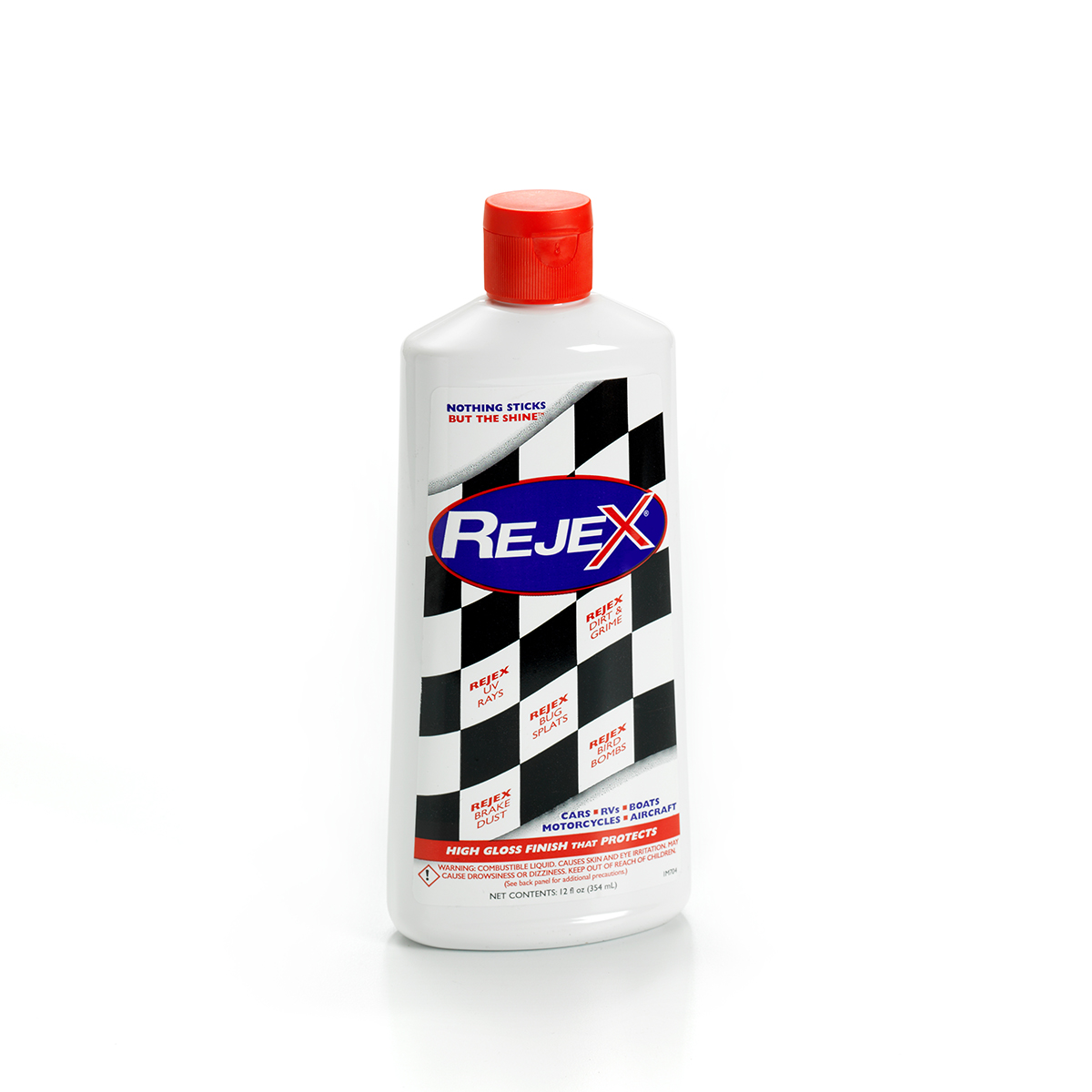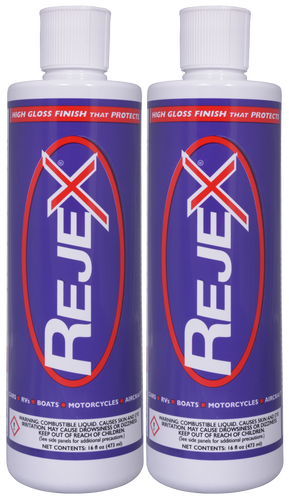

In the above example, we are checking if the given string ends with “an” for name “Ranjan” which was true, and in the same way, “aj” from name “Suraj” which was again true, but was not true for “hu” for name “Bhanu” name Bhanu ends with “nu” not with “hu”. Now we are going to match end characters, it will check if the end characters are matching the given expression letter or not. In the above example, we are checking if the given string starts with “Ra” for name “Ranjan” which was true, and in the same way, “Su” from name “Suraj” which was again true, but was not true for “Ki” for name “Anny” name Anny starts with a “An” not with “Ki”. In this example we are going to match the beginning of characters, let us assume that we have many users and we want to check if this user contains specific characters at the beginning which we want to check
#REJEX ONLINE REGISTRATION#
Suppose we have a list of registration numbers but we want to see all except 2008 batch students registration, then we can use these types of matching. Here we are matching all characters except those inside the brackets. If defined range comes under a given string then it will return true else false.


In all examples, it is checking if any letter of “Ranjan” comes under its rage, or not. In this example, we are going to match the rage value. The use of a hyphen (-) allows you to specify an adjacent character. Let us see little more different types of example here, suppose we want to check any letter match or single letter match Here we are going to match exact characters available anywhere in a given string. Examples to Implement Regex in PowerShellīelow given are some examples: Example #1 Thus, the uses of PowerShell regular expressions can be explained as they are mainly used for comparing and replacing the match string. The “-replace” operator performs multiple operations like finding the matching string and then replacing it. Here we can see from above, after -replace command we are getting the output as “Ranjan is a bad boy”. 'Ranjan is a good boy' -replace 'good boy', 'bad boy' So to replace first it compares and it matches then replace it. In the below example we are replacing “good boy” with “bad boy. It will return False as “sh” is not a substring of “Ranjan”. It will return the True as “Jan” is a substring of “Ranjan”, If you have already worked with the various script of PowerShell or you have already developed or scripts, you will typically have come into contact with regular expressions. Explain Regex Metacharacter in PowerShell example “Akash”,” Vikash”,” Rakesh”,” Suman”,” Amit”,” Anish” and we want to see only those name having “sh” as substring, so the names will be “Akash”,” Vikash”,” Rakesh”,” Anish” as all of them contains “sh” as substring. Again suppose you have many users list but you wanted to see only those users having “sh” as the last string. Let me give you some examples, suppose you have a long string containing numbers, letters and special characters and you wanted to know the start position of number than you can use regex expressions. They can be used to search, edit, or manipulate text and data. ” is invalid.A regular expression is a special character combination which helps us to find different and difficult kind of data from text and any string. Hence the runtime error NSRegularExpression did not recognize the pattern correctly.Įrror Domain=NSCocoaErrorDomain Code=2048 "The value “(?
#REJEX ONLINE HOW TO#
I finally figured out what's going on and how to fix it. I'd say that you should write then "(?

 0 kommentar(er)
0 kommentar(er)
